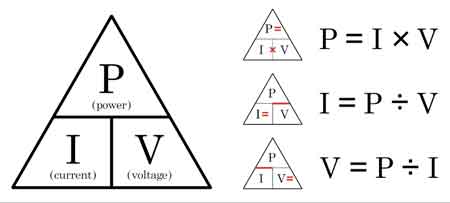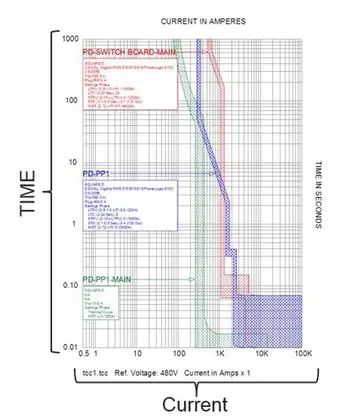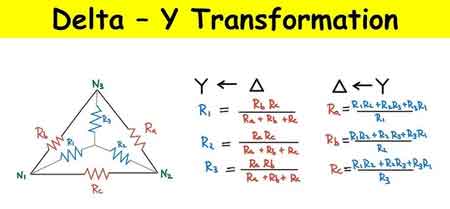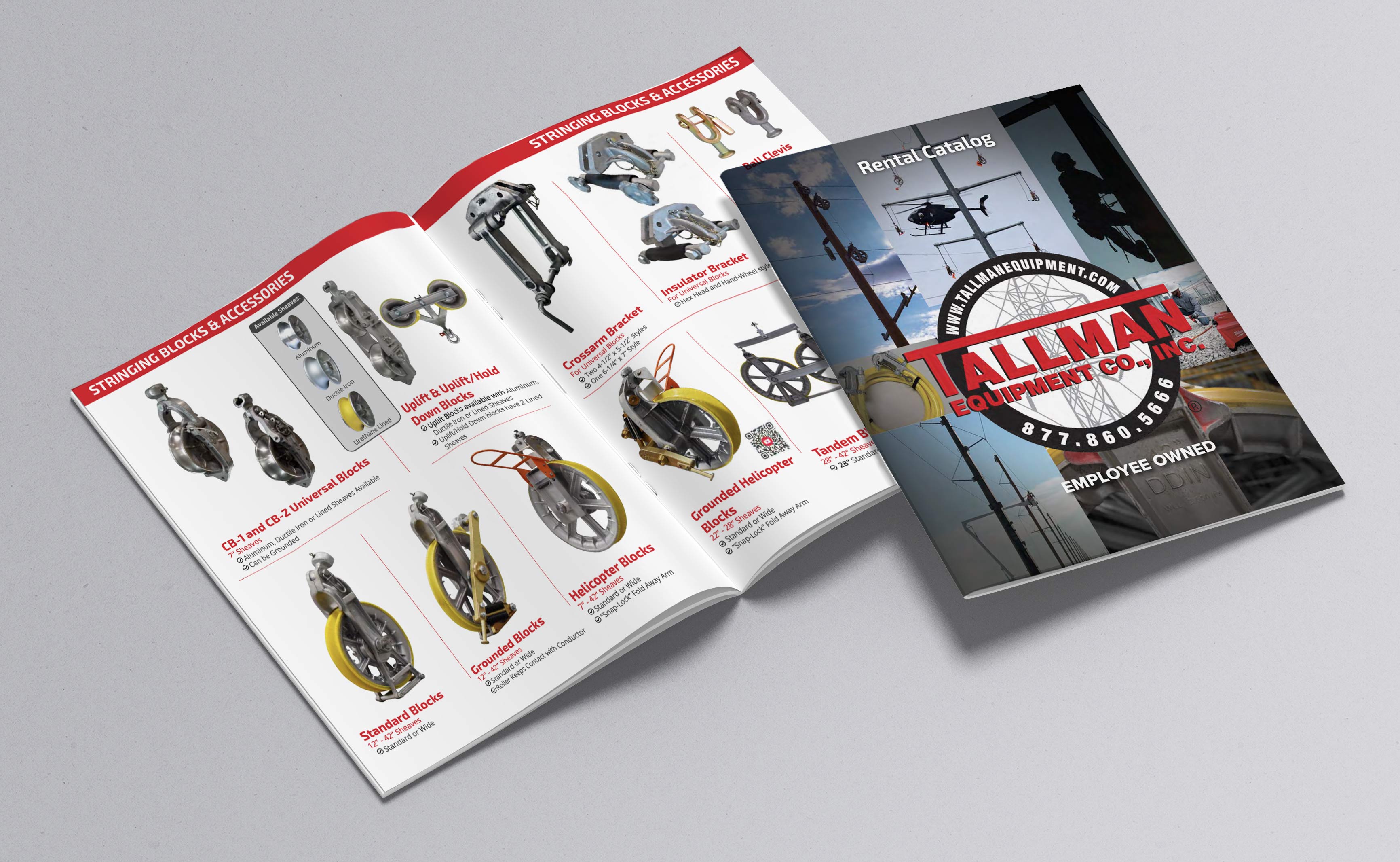480 Voltage Power and Current Formula Explained

Short Circuit Study & Protective Device Coordination
Our customized live online or in‑person group training can be delivered to your staff at your location.

- Live Online
- 12 hours Instructor-led
- Group Training Available
Download Our OSHA 3075 Fact Sheet – Understanding Electrical Hazards in the Workplace

- Learn the effects of electric current on the human body
- Understand OSHA safety standards and protective devices
- Discover essential lockout/tagout and grounding practices
480 Voltage Power and Current Formula for single-phase and three-phase circuits: compute kW, amps, and power factor from 480 V line voltage using P=V*I*pf and P=sqrt(3)*V*I*pf for balanced loads quickly and accurately.
What Is the 480 Voltage Power and Current Formula?
At 480 V: single-phase P=V*I*pf; three-phase P=sqrt(3)*V*I*pf. I=P/(V*pf) or I=P/(sqrt(3)*V*pf).
✅ Single-phase: P=V*I*pf; I=P/(V*pf); use 480 V line voltage
✅ Three-phase: P=sqrt(3)*V*I*pf; I=P/(sqrt(3)*V*pf)
✅ Convert kW to amps: I=A=(kW*1000)/(V*pf) or /(sqrt(3)*V*pf)
The 480 voltage power and current formula is a fundamental tool in electrical engineering, critical for determining how energy is transmitted and distributed in both residential and industrial electrical systems. Whether working with single-phase or three-phase power, understanding these calculations is key for ensuring efficient, safe, and reliable power delivery. These formulas allow engineers, electricians, and technicians to calculate the flow of electricity, optimize system performance, and account for variables like power factor (pf), which significantly impacts energy efficiency. Mastering these formulas ensures proper system design, minimizes energy loss, and enhances overall operational safety in high-voltage applications. For deeper planning and coordination topics, the principles are expanded in power system analysis and design guides that tie component calculations to system wide performance.
How Do I Calculate the Power in a 480-Volt System?
To calculate electric power in a 480-volt system, the formula depends on whether the system is single-phase or three-phase. For a single-phase system, the formula is:
If you need a refresher on fundamentals, see what single phase power is and how it behaves under typical residential and light commercial loads.
Test Your Knowledge About Electrical Engineering!
Think you know Electrical Engineering? Take our quick, interactive quiz and test your knowledge in minutes.
- Instantly see your results and score
- Identify strengths and areas for improvement
- Challenge yourself on real-world electrical topics
Where:
- PPP = Apparent power, measured in watts.
- VVV = Phase voltage (480 volts in this case).
- III = Current.
- Power factor is included to account for reactive power in the system.
For a three-phase system, the formula becomes:
Here, the factor of the square root of 3 accounts for the three phases interacting with each other, while V line represents the line to neutral voltage. For wiring context, a concise overview of phase to phase connections clarifies how line and phase voltages relate in common configurations.
What Is the Formula to Calculate Current in a 480-Volt Three-Phase System?
To calculate the current in a 480-volt three-phase system, rearrange the power formula:
This formula is essential for understanding how much current flows through the system when the amount of power being delivered is known. When evaluating fault duty, methods for short circuit current calculation ensure conductors and interrupting devices are properly rated.
What’s the Difference Between Calculating Power in Single-Phase vs. Three-Phase 480V Systems?
The primary difference between single-phase power and three-phase power calculations lies in how current and voltage are distributed across the circuit. In single-phase systems, the power is simpler to calculate because there is only one path for current to travel. In three-phase systems, there are three paths, and the square root of three (3\sqrt{3}3) must be applied to account for the phase shifts. Phase power calculations are more complex in three-phase systems, but they offer more efficient energy transfer, especially in industrial applications. Visualizing topology with a three phase bus line diagram helps relate the math to practical feeder and switchgear layouts.
How Does Power Factor Impact the Current in a 480-Volt System?
Power factor (pf) is the ratio of real power (used to do work) to apparent power (the total power in the system). In systems with inductive or capacitive loads, the power factor can significantly affect current calculations. A lower power factor indicates more reactive power, which increases the total current flowing in the circuit without providing additional usable energy.
In a 480-volt system, a low power factor means more current is required to deliver the same amount of power, which can lead to higher energy losses and increased voltage drop. To estimate wiring losses for long runs, reference voltage drop calculation techniques and apply appropriate ac derating for frequency and power factor.
What Is the Relationship Between Voltage, Current, and Power in a 480-Volt System?
In any electrical system, power, voltage, and current are interrelated. As voltage increases, the current required to deliver a specific amount of power decreases. This relationship is critical in designing systems that are energy-efficient. For example, in high-power systems using 3-phase power, the higher voltage of 480 volts allows the system to carry more power with less current, reducing losses.
The 480 voltage power and current formula is central to determining how energy flows through both single-phase and three-phase systems. Understanding how power factor, voltage, and current interact helps in optimizing electrical systems for both efficiency and safety. Whether working with 120 volt residential systems or large industrial setups, these calculations are key to proper system design. During planning, an electrical load calculator can help translate diversified loads into currents and protective device sizes.








